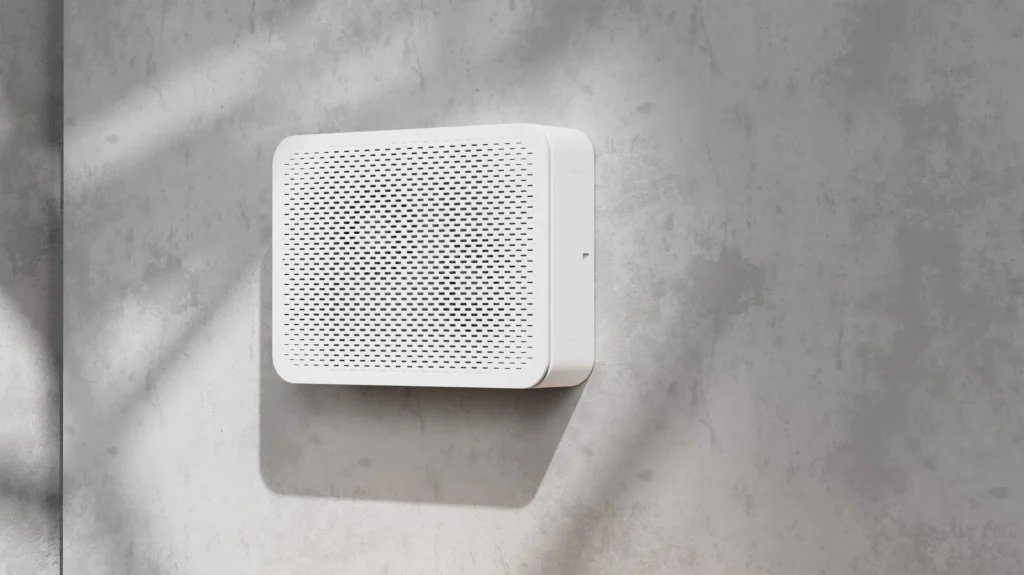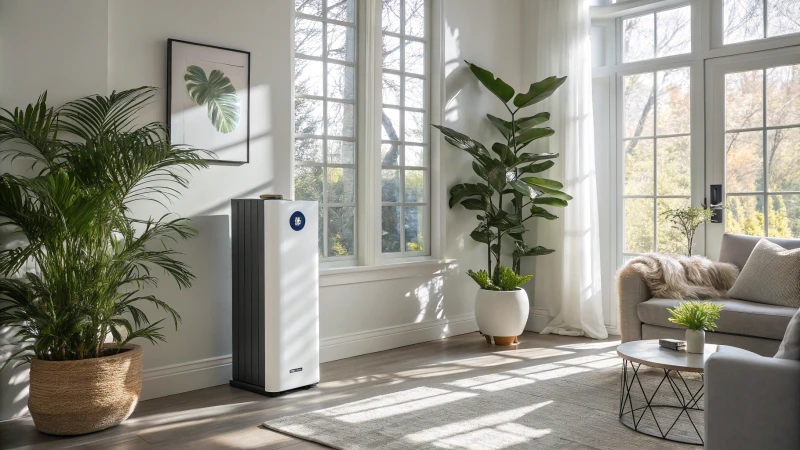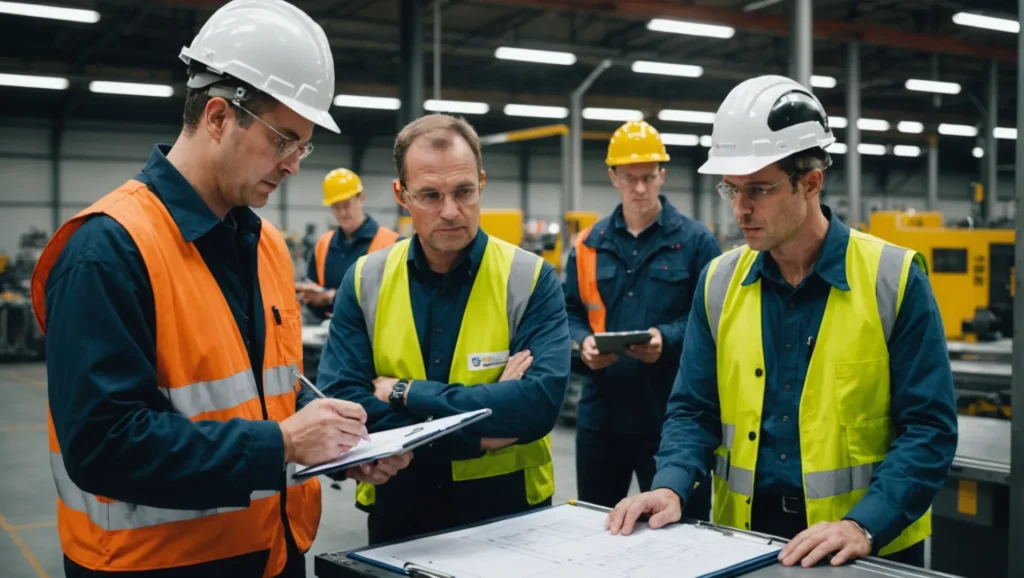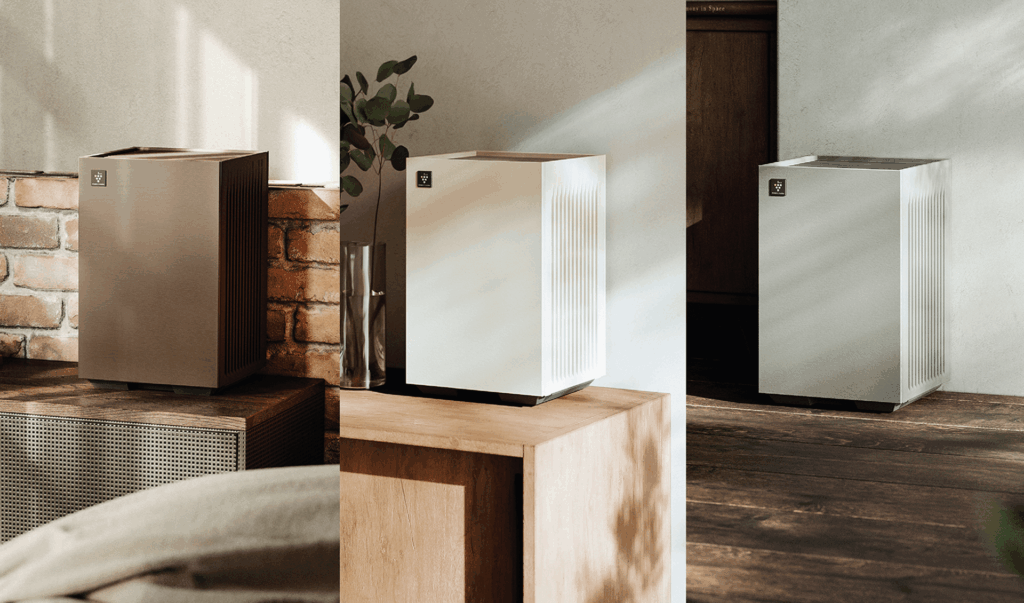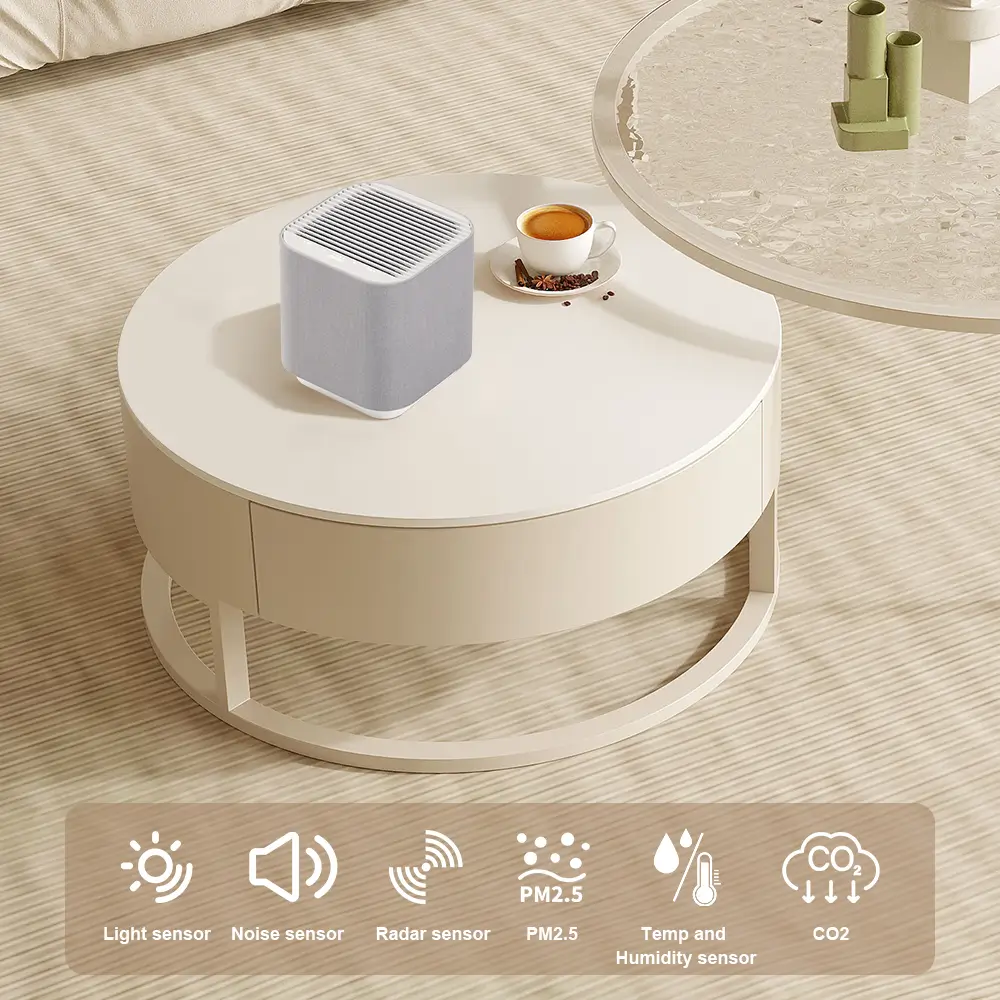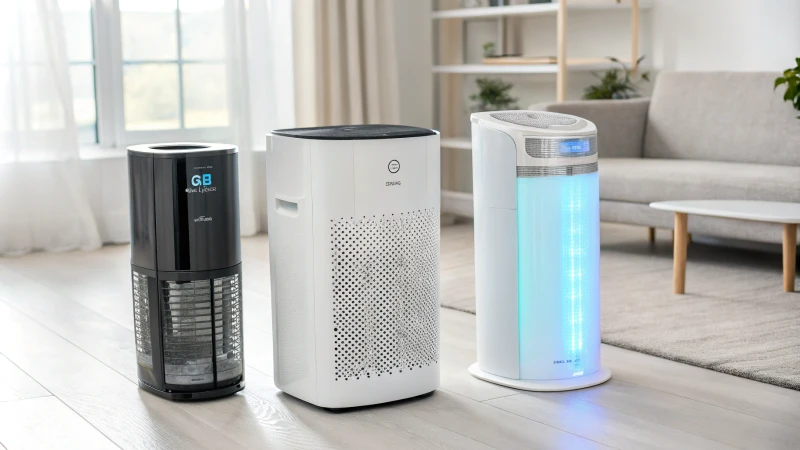
呼吸を楽にすることは重要だ。適切な空気清浄機を選ぶのは難しいようだ。
ヘパ フィルターは、空気を清浄化するための最良の選択肢としてよく知られている。ホコリ、アレルゲン、バクテリア、ウイルスなどの汚染物質を99.997%も捕集する。これらのフィルターは非常に効果的だ。イオナイザーと 紫外線 一方、清浄機には問題がある。オゾンを放出し、健康を害する可能性があるのだ。
私の家族はアレルギー体質なので、空気清浄機を何時間も研究しました。 ヘパ フィルターは私たちを本当に助けてくれる。清浄機にはそれぞれ特徴がある。イオナイザーは先進的に見えるが、粒子を家の中にとどめてしまうかもしれない。 紫外線 清浄機は細菌とよく戦いますが、ホコリやアレルゲンは依然として難題です。これらの違いを知っておくと、自分に合った清浄機を選ぶのにとても役立ちます。
HEPAフィルターは99.997%の汚染物質を除去します。真
HEPAフィルターは、0.3ミクロンの粒子を捕獲するように設計されています。
イオナイザーはオゾンを放出し、健康被害をもたらす。真
イオナイザーはオゾンを発生させる可能性があり、呼吸器系の問題を引き起こす可能性がある。
どのように ヘパ 空気清浄機は有効か?
その滑らかさがどのようなものか、考えたことがあるだろうか。 ヘパ 空気清浄機が空気を新鮮で清潔に保つ?
ヘパ 空気清浄機には、しっかりと編まれた繊維がたくさん使われています。これらの繊維は、空気中に浮遊する小さな粒子の99.97%を捕捉します。0.3ミクロンの小さな粒子も捕らえます。ホコリは捕獲される。花粉はトラップに落ちる。カビの胞子も同じ運命をたどる。バクテリアやウイルスも捕獲される。これは非常に効果的だ。実に信頼できる。
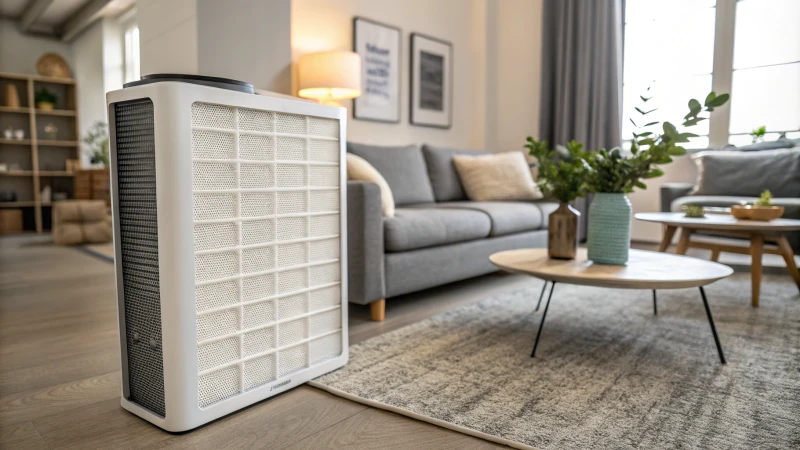
理解する ヘパ テクノロジー
私が空気の質に興味を持ち始めたのは、ひどいアレルギーの季節の後だった。私のくしゃみは風車を回すほど強かった!そこで見つけたのが ヘパ フィルター"ヘパ"とは、高効率粒子状空気(High-Efficiency Particulate Air)を意味する。このフィルターは空気清浄のヒーローで、小さな粒子もキャッチすることで有名です。グラスファイバーやポリプロピレン製の厚い繊維の層が使われている。これらの繊維が汚染物質の通り道を作り、3つの賢い方法で汚染物質を捕捉する:
- インターセプト: 間違ってクモの巣の中に入ってしまうことを思い浮かべてほしい。
- インパクション: 大きな粒子が繊維に衝突するのは、ちょうど壁をよけきれなかった人のようなものだ。
- 拡散: 小さな粒子はバンパーカーのように激しく動き、やがて繊維にぶつかる。
ろ過方法の比較
あるとき、私はさまざまな空気清浄機に興味を持ち、偶然この興味深い比較を見つけた:
| 方法 | 捕捉された粒子径 | 効率性 |
|---|---|---|
| ヘパ フィルター | 最大0.3ミクロン | 99.97% |
| イオナイザー | 変動あり | 中程度 |
| 紫外線 ライト | 微生物 | 変動あり |
ヘパ フィルターは、有害なものを家の中に漏らすことなく、様々な粒子を確実に捕捉するので素晴らしい。これは非常に重要なことだ。 イオナイザー1 そして 紫外線 光清浄器2これは問題があるかもしれない。
の役割 ヘパ 現代の空気浄化
を使用している。 ヘパ フィルターは、日常のアレルゲンに対する頼もしいアシスタントを得たような気分だ。喘息やアレルギーのある人には本当に助かる。室内の空気が良くなれば、すべてが変わる。現代の技術は進歩を続けている。いくつかの 上級モデル3 合体 ヘパ 活性炭フィルターで濾過し、ガスや臭いも取り除きます。あなたの家が新鮮なパラダイスに変わることを想像してみてください!私は個人的に、よりきれいな空気を吸う喜びを知っている。
HEPAフィルターは0.3ミクロンまでの粒子を99.97%捕集します。真
HEPAフィルターは、0.3ミクロンの粒子を高効率で捕捉するように設計されています。
イオナイザーはHEPAフィルターよりも効率的に粒子を捕捉する。偽
HEPAフィルターが99.97%の微小粒子を捕捉するのに対し、イオン発生器の効率は中程度である。
イオナイザーの利点と欠点とは?
イオナイザーは室内の空気をきれいにする。本当に最良の選択なのだろうか?その利点と欠点を探ってみよう。途中、個人的な感想も交える。
イオナイザーは空気中の粒子を帯電させる。これらの粒子は塊となって落下する。表面が堆積してしまうこともある。イオナイザーはアレルゲンの除去に大いに役立つ。しかし、イオナイザーはオゾンを放出する可能性があり、これは健康上のリスクとなりうる。オゾンは健康被害をもたらす。
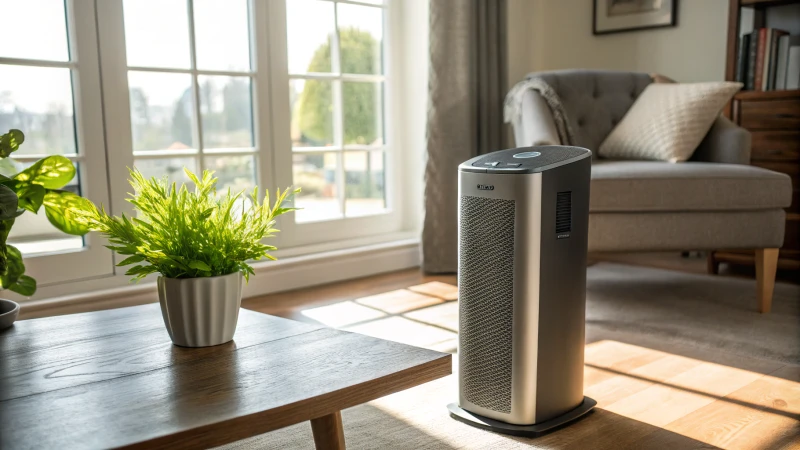
イオナイザーの仕組み
イオナイザーは、マイナス電荷を帯びたイオンを放出することで空気を浄化し、浮遊粒子に付着させ、粒子を塊状にして表面に定着させます。このメカニズムにより、花粉やホコリなどのアレルゲンを減らすことができる。ただし、このプロセスは環境から粒子を除去するものではないため、空気の質を維持するには定期的なクリーニングが必要です。
イオナイザーの利点
- アレルゲン削減:特に季節の変わり目には、アレルギーを持つ人が多い。イオナイザーはアレルゲンをくっつけ、肺に入れないようにします。
- 最小限のメンテナンス:従来のフィルターは頻繁に交換が必要。イオナイザーはメンテナンスが少なくて済みます。
| メリット | 説明 |
|---|---|
| アレルゲン削減 | 粒子をひとまとめにし、吸入リスクを低減する。 |
| 最小限のメンテナンス | フィルター交換が不要なため、維持費が抑えられる。 |
考慮すべき欠点
購入する前に、いくつかの問題について考えてみよう:
- 表面汚染:ホコリまみれの家具でパーティーを開くのは恥ずかしいかもしれない。こまめな掃除が必要です。
- オゾン排出:イオナイザーの中にはオゾンを放出するものもあり、室内の空気には良くない。
| 欠点 | 説明 |
|---|---|
| 表面汚染 | 微粒子が家具や床に付着し、清掃が必要になる。 |
| オゾン排出 | オゾンを発生させる可能性があり、長時間さらされると健康被害をもたらす。 |
健康への影響と安全への懸念
粒子を減らすのは良いことだが、オゾンには健康リスクがある。環境保護庁(エイコサペンタエン酸4)はオゾン暴露による呼吸障害について警告している。呼吸を楽にするか、自宅の空気を安全にするか、どちらかを選択しなければならないようだ。
イオナイザーの代替品
というような他の選択肢も検討した。 ヘパ フィルターと 紫外線 清浄機:
- ヘパ フィルター:ほとんどすべての浮遊粒子を捕捉することで知られる。
- 紫外線 清浄機:用途 紫外線 オゾンを発生させることなく、バクテリアやウイルスを殺すための光。
安全性と信頼性は、メンテナンスの容易さよりも重要かもしれない。これらの選択肢は、検討する価値があるかもしれません。あなたのニーズに合うものを知りたいですか?以下をご覧ください。 空気清浄技術の比較5 をご覧ください。
イオナイザーは、表面を頻繁にクリーニングする必要がある。真
イオナイザーは表面に粒子を沈殿させるため、定期的な清掃が必要だ。
すべてのイオナイザーは有害なレベルのオゾンを放出する。偽
すべてのイオナイザーがオゾンを発生させるわけではなく、オゾンを発生させないように設計されているモデルもあります。
そうなのか? 紫外線 空気浄化に効果的な光?
と考えたことがあるだろうか。 紫外線 空気清浄機のライトは、ただ明るく光っているだけではないだろうか?
紫外線 光は空気を浄化する。細菌やウイルスなどの微生物を不活性化する。紫外線C (UVC光はDNAを破壊する。本当にDNAを破壊するのだ。ただし、ホコリやアレルゲンは除去できない。併用するのがベスト ヘパ フィルターを使用する。この組み合わせは、より完全な洗浄を可能にする。非常に完全なクリーニング。
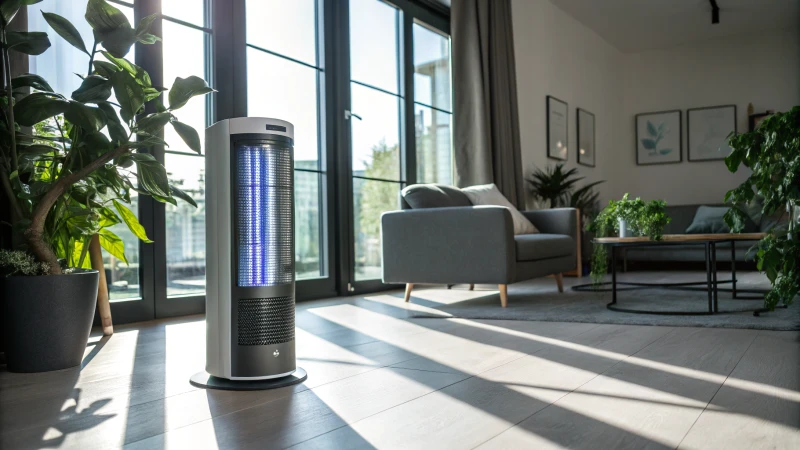
どのように 紫外線 空気清浄機のライトワーク?
その方法を探ってみよう。 紫外線 光は空気清浄機で働く。想像してみてほしい。UVC)の光が空中に当たり、バクテリアやウイルスのような小さな細菌のDNAやRNAを標的にする。まるでスーパーヒーローが悪者の拡散を阻止するようなものだ。ただし、ホコリやアレルゲンにはあまり影響しない。を使用する。 ヘパ フィルターを並べる6 は、より良い結果を得るために非常に重要である。この2つは非常に相性がいい。
表1:空気浄化技術の比較
| テクノロジー | ターゲット | 制限事項 |
|---|---|---|
| ヘパ | 粒子、ほこり | ウイルスを除去しない |
| イオナイザー | 粒子、アレルゲン | オゾンを生成できる |
| 紫外線 ライト | バクテリア、ウイルス | 粒子をろ過しない |
実用例と考察
使用時 紫外線 空気清浄機と強力なペアを形成する。 ヘパ フィルターで空気をよりきれいにする。一人で 紫外線 ライトはホコリやガスを処理できない。この2つが一緒になれば、大きな粒子をキャッチし、小さな細菌に取り組むことができる!
この重要な点を考えてみよう: 紫外線 光の効果は、照射の時間と強さに依存する。日焼けに適切な日光が必要なのと同じように、長く強い照射が最も効果的だ。
健康への懸念と安全対策
さて、安全性についてだ。いくつかの 紫外線 空気清浄機は、有害なオゾンを発生させる可能性がある。安全性を保つということは、UL2899のような基準を満たした機器を選ぶということです。定期的なメンテナンスも非常に重要です。
健康が最優先。健康を重視する人は、以下のような空気清浄機を選ぶべきである。 多くの精製方法7 安全基準を満たすことを保証しながら。これにより、健康を害することなく室内の空気をクリーンに保つことができる!
市場動向と技術統合
パンデミックの間 紫外線-Cテクノロジーは、ウイルスと闘う能力で空気清浄機に普及した。その後、人々は ヘパ フィルターを再び使用して、信頼性の高い空気清浄を実現する。
自分たちのニーズを考え、選択する必要がある 信頼できるブランド8 私たちのスペースに最適な完全なソリューションを提供する、正しい選択をしてください!
紫外線はバクテリアやウイルスを不活性化する。真
UV-C光は微生物のDNA/RNAを破壊し、繁殖を防ぐ。
UV空気清浄機は、ホコリやアレルゲンを除去する。偽
UV清浄機は微生物を対象とするが、ホコリのような粒子はろ過しない。
アレルゲンに最適な空気清浄機は?
家でくしゃみをよくしますか?空気清浄機があれば、快適に過ごせるかもしれません。
真の ヘパ 空気清浄機は、アレルゲン対策に最適です。ホコリ、花粉、ペットのフケなどの浮遊粒子を99.97%捕集します。呼吸が楽になります。
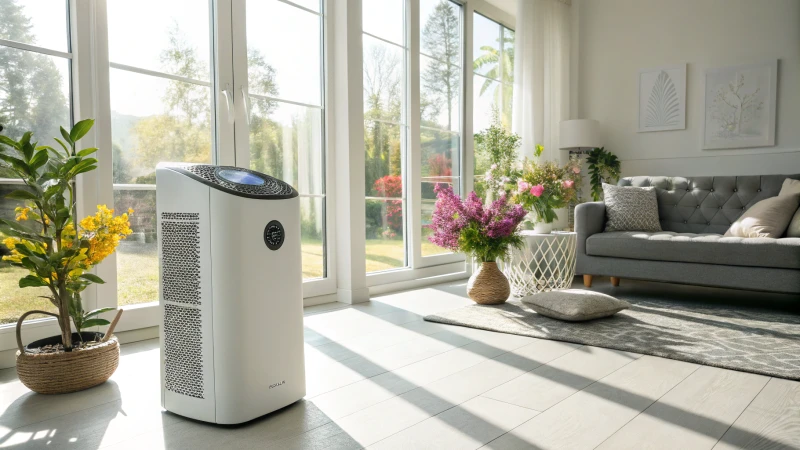
空気清浄機の種類
空気清浄機は最初は複雑に思えた。しかし、空気清浄機を理解するのは見た目よりも簡単だ。 ヘパ フィルター は、0.3ミクロンという非常に小さな粒子をキャッチするのが得意だ。アレルゲンを除去するための最良の選択である。これに対して イオナイザー そして 紫外線 浄化装置 さまざまな働き方をする。
| 空気清浄機タイプ | 主な機能 | アレルゲンへの適合性 |
|---|---|---|
| ヘパ | 物理的ろ過 | 素晴らしい |
| イオナイザー | 粒子を帯電させる | 貧しい |
| 紫外線 | 微生物を殺す | 限定 |
真のケース ヘパ フィルター
真 ヘパ フィルターは、空気清浄機の中でチャンピオンとして際立っている。ダニや花粉のような一般的なアレルゲンを含む、ほとんどすべての浮遊粒子を捕捉する。粒子を単に固めるだけのイオナイザーとは異なる、 ヘパ フィルターによく引っかかる。
- 効率が良い: 99.97%の微粒子を捕集。
- 安全だ: オゾンを発生させないため、長期間の使用でも安全。
- 汎用性がある: ペットのいる家庭や、ホコリや花粉が定期的に問題となる家庭で効果を発揮する。
イオナイザーの評価と 紫外線 清浄機
イオナイザーは、ベッドの下にごちゃごちゃしたものを隠すような働きをする。粒子を帯電させ、表面に付着させる。時間が経てば オゾンが心配になる9.
紫外線 清浄機は細菌対策には適しているが、ホコリや花粉にはあまり対応していない。それらを ヘパ フィルタの有用性が向上する。
追加機能の検討
私は空気清浄機を選ぶとき、空気を清浄しながら生活を簡素化するために便利な機能を探す:
- CADR 格付け 数値が高いほど洗浄が早い。
- スマートセンサー: まるで個人的な空気の専門家を持っているように、レベルを自動的に調整してくれる。
- 騒音レベル: と デシベル・キャンセル10浄水器越しに話す必要はない。
これらの機能により、清浄機の性能と家庭での快適性が大幅に向上します。
HEPAフィルターは99.97%の粒子を捕集します。真
HEPAフィルターは、0.3ミクロンの粒子を捕獲するように設計されています。
イオナイザーはアレルゲン除去に最適です。偽
イオナイザーは粒子を凝集させるが、HEPAフィルターのように粒子を効果的に捕捉することはできない。
結論
ヘパ 空気清浄機は99.97%の汚染物質を効果的に捕集し、イオナイザーや 紫外線 オゾンの放出や粒子除去が不十分であるなど、限界がある。
-
イオナイザーが室内空気浄化においてHEPAフィルターほど効果的でなく、安全でない理由を理解してください。 ↩
-
HEPAフィルターと比較した紫外線清浄機の効果と限界を探る。 ↩
-
HEPA空気清浄機技術の最新の進歩とその追加機能をご覧ください。 ↩
-
オゾンの健康リスクに関するEPAのガイドラインを調べ、その影響を理解する。 ↩
-
空気清浄技術の詳細な比較をご覧いただき、十分な情報に基づいた決断をしてください。 ↩
-
HEPAフィルターにUVライトを組み合わせることで、いかに空気清浄効果が高まるかをご覧ください。 ↩
-
より良い空気のために複数の技術を安全に組み合わせた空気清浄機についてご紹介します。 ↩
-
信頼性の高いUVライト空気清浄機を提供するトップブランドをご覧ください。 ↩
-
イオナイザー空気清浄機の使用に伴う長期的な健康リスクの可能性を理解する。 ↩
-
デシベル・キャンセリング™がノイズレベルを低減することで、空気清浄機の性能をどのように高めるかをご覧ください。 ↩


